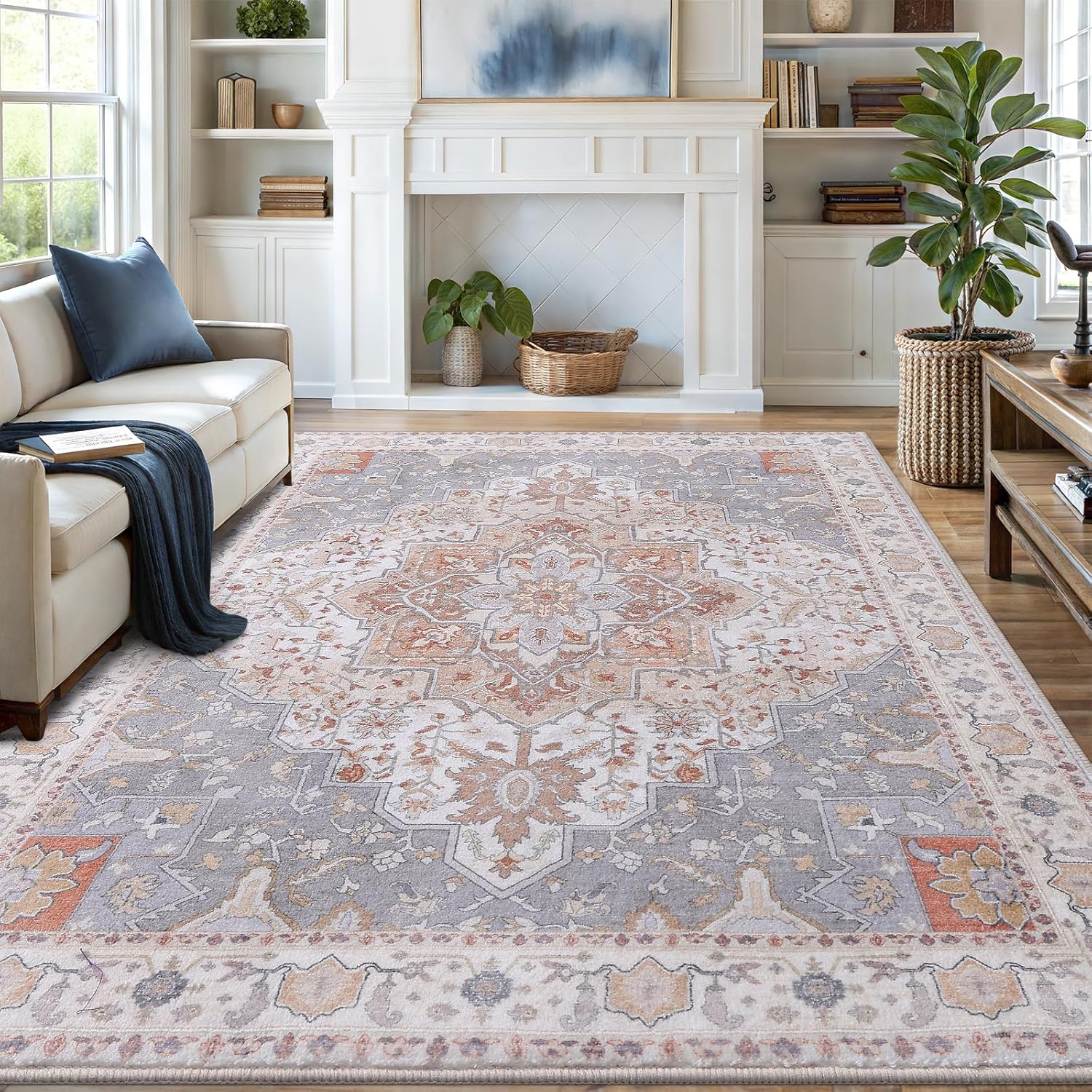Dyson vacuums effectively eliminate bed bugs by using powerful suction and specialized attachments to remove eggs, larvae, and adults from bedding and carpets.
Bed bugs are a growing problem worldwide, with infestations increasing by 5,000% in Australia since 2000. Many homeowners wonder if their Dyson vacuum can help combat these pests. While Dyson vacuums can trap bed bugs, they may not fully eliminate an infestation. Here’s what you need to know about using your Dyson against these unwelcome guests.

How Effective Are Dyson Vacuums Against Bed Bugs?
Dyson vacuums with strong suction can capture live bed bugs from mattresses, furniture, and carpets. The Dyson microbiology team confirms that vacuuming removes surface-level bed bugs, eggs, and their feces. However, vacuuming alone won’t kill all bed bugs or their hidden eggs.
What Dyson Models Work Best?
- Dyson V15 Detect (with laser dust detection)
- Dyson Outsize (larger bin capacity)
- Dyson Ball Animal 2 (strong suction for fabrics)

Step-by-Step Guide to Vacuuming for Bed Bugs
1. Prepare Your Space
Remove all bedding and wash in hot water (140°F minimum). Seal items in plastic bags until washing. Clear clutter to expose more surfaces.
2. Vacuum Thoroughly
Use your Dyson’s crevice tool to clean:
- Mattress seams and tufts
- Bed frame joints
- Baseboards and carpet edges
3. Dispose of Contents Safely
Immediately empty the vacuum into a sealed plastic bag and dispose outdoors. Bed bugs can escape from vacuum bins.
Limitations of Vacuuming Alone
While helpful, vacuuming has limitations:
| What Vacuuming Does | What It Doesn’t Do |
|---|---|
| Removes visible bugs | Kill all eggs |
| Reduces population | Treat deep infestations |
| Cleans allergens | Prevent reinfestation |
Complementary Treatment Methods
Heat Treatment
Professional heat treatments raise room temperatures to 120°F+ to kill all life stages. Portable steam cleaners can spot-treat items.
Chemical Treatments
Pesticides specifically labeled for bed bugs may be needed for severe cases. Always follow label instructions carefully.
Preventive Measures
Regularly deep clean your mattress and consider encasement covers. Reduce clutter where bugs can hide.
Signs You Need Professional Help
- Seeing multiple live bugs daily
- Bites continuing after treatment
- Sweet, musty odor in bedroom
- Dark fecal spots on bedding
Maintaining a Bed Bug-Free Home
Combine vacuuming with other smart practices:
When Traveling
Inspect hotel rooms and keep luggage on racks, not beds. Wash all travel clothing immediately in hot water when returning home.
Regular Cleaning
Vacuum mattresses weekly and wash bedding at high temperatures. The EPA recommends maintaining cleanliness to reduce hiding spots.
Monitoring
Use interceptors under bed legs and regularly inspect sleeping areas for early detection.

